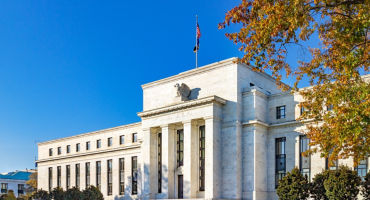Inflation may have peaked for now, but don’t mistake the cycle for the structure
The bottom line is that inflation has peaked for the near term and may continue to decelerate to a normal level. However, weak demand, tight financial conditions, and high base effects are driving this, and it isn’t normal or repeatable. Simply put, structural fundamentals have changed and despite any short-term decline in inflation, we wouldn’t recommend extrapolating that further.
We believe that many investors are unprepared for the reality of structurally higher inflation, as we have not observed a significant reallocation of institutional investor assets from the winners of the disinflation decade to the beneficiaries of higher inflation. Investors may be well served to view any weakness as an opportunity to gain exposure to cheap assets that may be in the early years of a positive regime change.
1As of 25 January 2023
2As of 25 January 2023






















